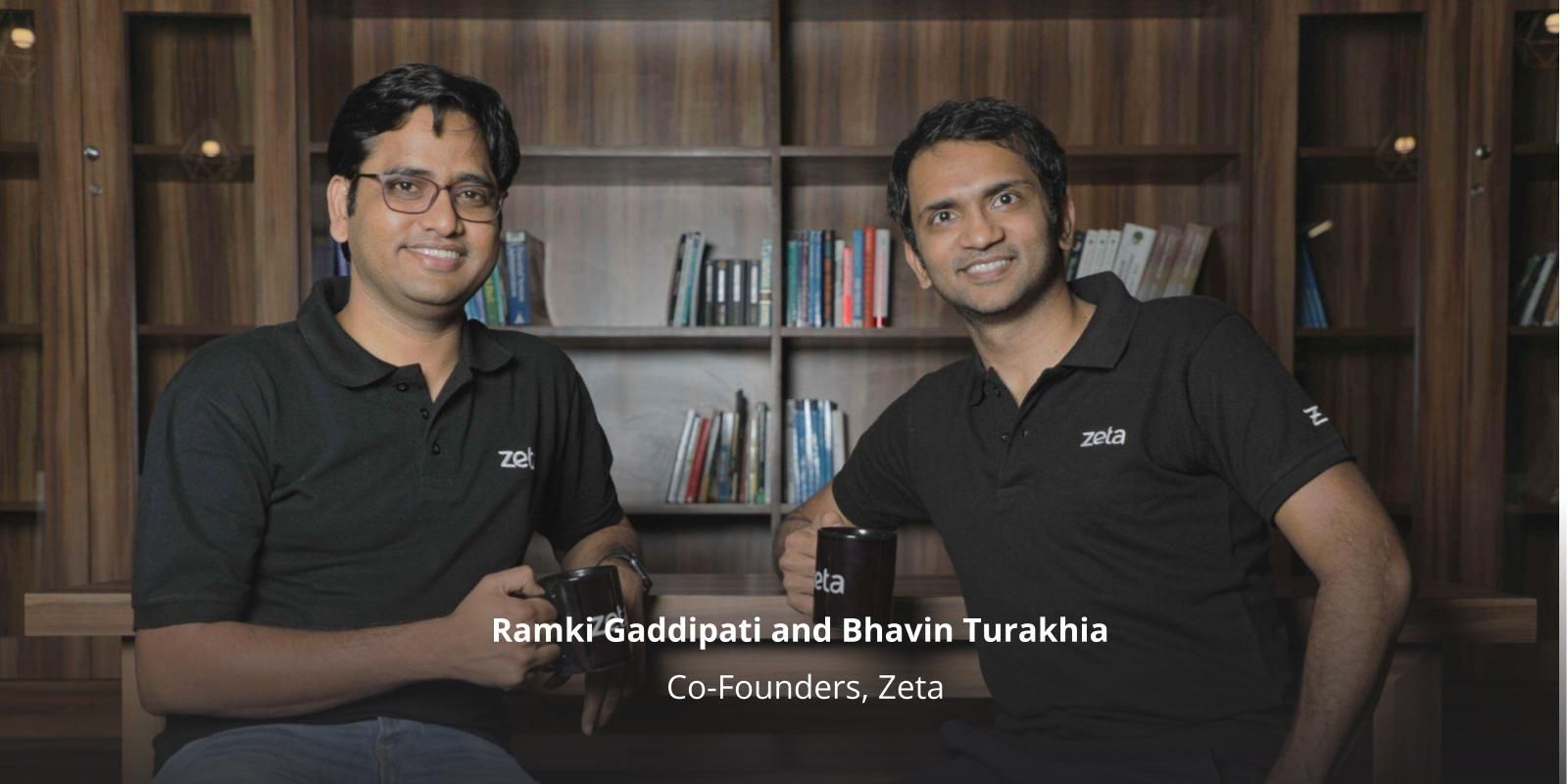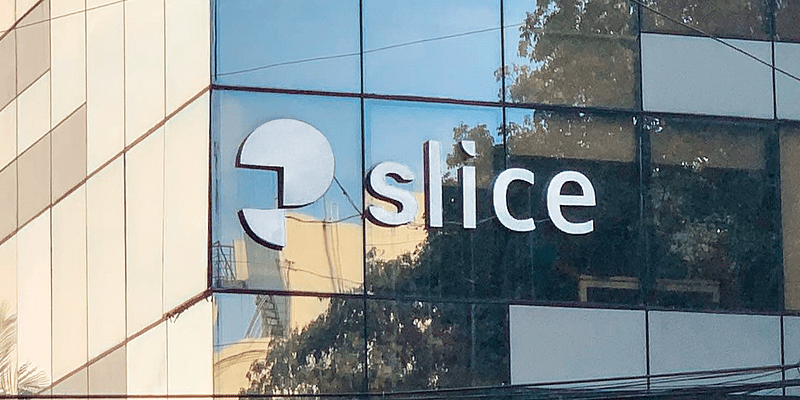[Year in Review 2019] India’s ecommerce industry shows resilience amid slowdown blues
Despite the lack of clarity on policies and the economic downturn, the Indian ecommerce industry revealed its robust spirit and came up trumps in a challenging year.
There were highs, and there were lows. The year 2019 was a mixed bag for India’s ecommerce industry, beginning with new government regulations that aimed to streamline the sector. It also had to weather a slowdown, but the direction remained strong as ecommerce made inroads into the hinterlands of the country.
The Indian government, keen to finalise a national ecommerce policy to facilitate holistic growth of the sector, unveiled a draft, proposing to set up a legal and technological framework for issues as varied as cross-border data flow, anti-counterfeiting measures, digital economy, taxation, and other regulatory issues.
The new FDI rules introduced by the government for online marketplaces were almost a reversal of the earlier policy where they were not allowed to enter exclusive deals for selling of products. More importantly, online marketplaces could not source more than 25 percent of their supplies from a single vendor. The policy also ushered in new steps to curb deep discounting.

The changes obviously had an immediate impact on the operations of the leading ecommerce marketplaces in India, including Walmart-owned Flipkart and Amazon. They had to restructure their existing operating setups to comply with the new regulations even as they demanded an environment of stable policies.
In October, Walmart CEO Doug McMillon wrote to Prime Minister Narendra Modi, seeking certainty and predictability in India’s business environment.
“A stable, welcoming regulatory environment will allow us to continue to invest in creating more jobs and building infrastructure that benefits Indian suppliers and customers,” he wrote.
Apart from the policy changes, online marketplaces had to also understand the ramifications of data privacy laws. The ecommerce industry relies very heavily on data it secures from the customers. There is still no clarity on how this data can be used or where it can stored. The government has come out with a bill, which is yet to become operational.
Overcoming the negatives
The ecommerce industry in India reached a size of around $32 billion in 2019, recording a compounded annual growth rate of 18 per cent. It is expected to cross the $100 billion mark in a couple of years.
However, the environment was not very positive for ecommerce in 2019. Certain trader bodies were extremely vociferous in their protests, focusing on the discounting strategy adopted by online players.
There were apprehensions on how the Indian ecommerce industry would adjust to the new regulations, but the sector countered them and bounced back. This was clearly visible during the festive period sales.
The five-day online shopping extravaganza by both Flipkart and Amazon between September 29 and October 4 saw the total sales volume touching $5 billion, according to industry estimates. This was more than 30 percent growth as compared to 2018’s sales figures.
The focus on Bharat
The heartening aspect during the festive sale period was the deep inroads that Amazon and Flipkart made into Tier II and beyond locations, more popularly referred to as Bharat.
Kalyan Krishnamurthy, CEO of Flipkart Group, then said, “It has been a fantastic start to the festive season. We set out with an aim to bridge the gap between India and Bharat. TBBD 2019 has proven that Bharat has moved closer to India in more ways than one. Whether it is the uptake of the Hindi interface or the adoption of our affordability constructs, engagement constructs like gaming, consumers have engaged with brands they love like never before. We take immense pride in making ecommerce more inclusive through the introduction of some top categories, which have been able to cater to the needs of Tier II markets and beyond during this festive season.”
Expectations have risen that Bharat is likely to be the future driver of growth for the ecommerce industry.
However, Satish Meena, Forecast Analyst, Forrester, sounded a cautionary note. “Overall, it has not been a great year for the ecommerce industry, both in terms of consumer spending and disruption due to the regulations. There has been no clarity on the policy for the industry.”
Looking at the positives
Satish says the positive aspect of the ecommerce sector in 2019 has been that certain categories have shown that they can optimise business models and lead the path to profitability. This has been evident in categories such as beauty and cosmetics.
The year 2019 also saw the emergence of a new segment for the ecommerce industry, with social commerce the new buzzword. The use of networking websites such as Facebook, Instagram, and Twitter as vehicles to promote and sell products and services became de rigueur.
Investor focus was high on startups leveraging various online platforms to enable commercial transactions. Facebook-backed Meesho topped the list of leading social commerce startups. Other such prominent startups include Mall91, Dealshare, CityMall, Bulbul, and WMall.
Nitin Raj Gupta, Founder and CEO, Mall91, said, “Social commerce as a viable concept came out prominently in 2019 practically due to multiple startups tackling the problem and launching their own product strategies around them. This got a further boost as the next 400 million users became a reality.”
Multiple investors placed their bets on various startups and business models. Along with social commerce, other niche categories like beauty and wellness also garnered strong investor interest.
A reality check
This was also the year when Gurugram-based ShopClues, one of the challengers to the biggies of the Indian ecommerce industry, was acquired by Singapore-based ecommerce firm Qoo10 in an all-stock deal. This came as a reality check: ShopClues was once a unicorn, and the valuation during the acquisition was nowhere near that figure.
A recent World Bank report, Unleashing ecommerce for South Asia Integration, said countries in South Asia, including India, should open their ecommerce markets to cross-border trade without imposing tariffs and follow a non-discriminatory competition policy, allow cross-border payments, and harmonise their data privacy laws with international regulations.
“Even in India, online sales as a percentage of total retail sales were only 1.6 percent, versus over 15 percent for China and around 14 percent globally. Given that only a small share has access to broadband connections and even fewer transact online, there is enormous room for ecommerce to grow in the region,” the report said.
But despite the economic slowdown, the Indian ecommerce industry is gearing up for what promise to be even more exciting times. The entry of bigger players into the market could be a game changer. Reliance is getting ready to play the ecommerce game and is reportedly looking for a deeper connect with kiranas across the country.
Search giant Google also has plans to make major headway into the ecommerce segment. It plans to ditch the conventional setup, and create a network of sellers and buyers.
According to IBEF, the Indian ecommerce industry has been on an upward growth trajectory and is expected to surpass the US to become the second largest market in the world by 2034.
“The ecommerce market is expected to reach $200 billion by 2027 from $38.5 billion in 2017. Online shoppers in India are expected to reach 120 million in 2018 and eventually 220 million by 2025,” an IBEF report said.
A young demographic profile and rising internet penetration are the key drivers of India’s ecommerce sector.
As we ready to usher in the new year, it will be interesting to see how ecommerce companies, the giants and small businesses, fare.
(Edited by Teja Lele Desai)






![[Year in Review 2019] India’s ecommerce industry shows resilience amid slowdown blues](https://images.yourstory.com/cs/2/220356402d6d11e9aa979329348d4c3e/ecommercelogo1576656747394png?mode=crop&crop=faces&ar=2:1?width=3840&q=75)






